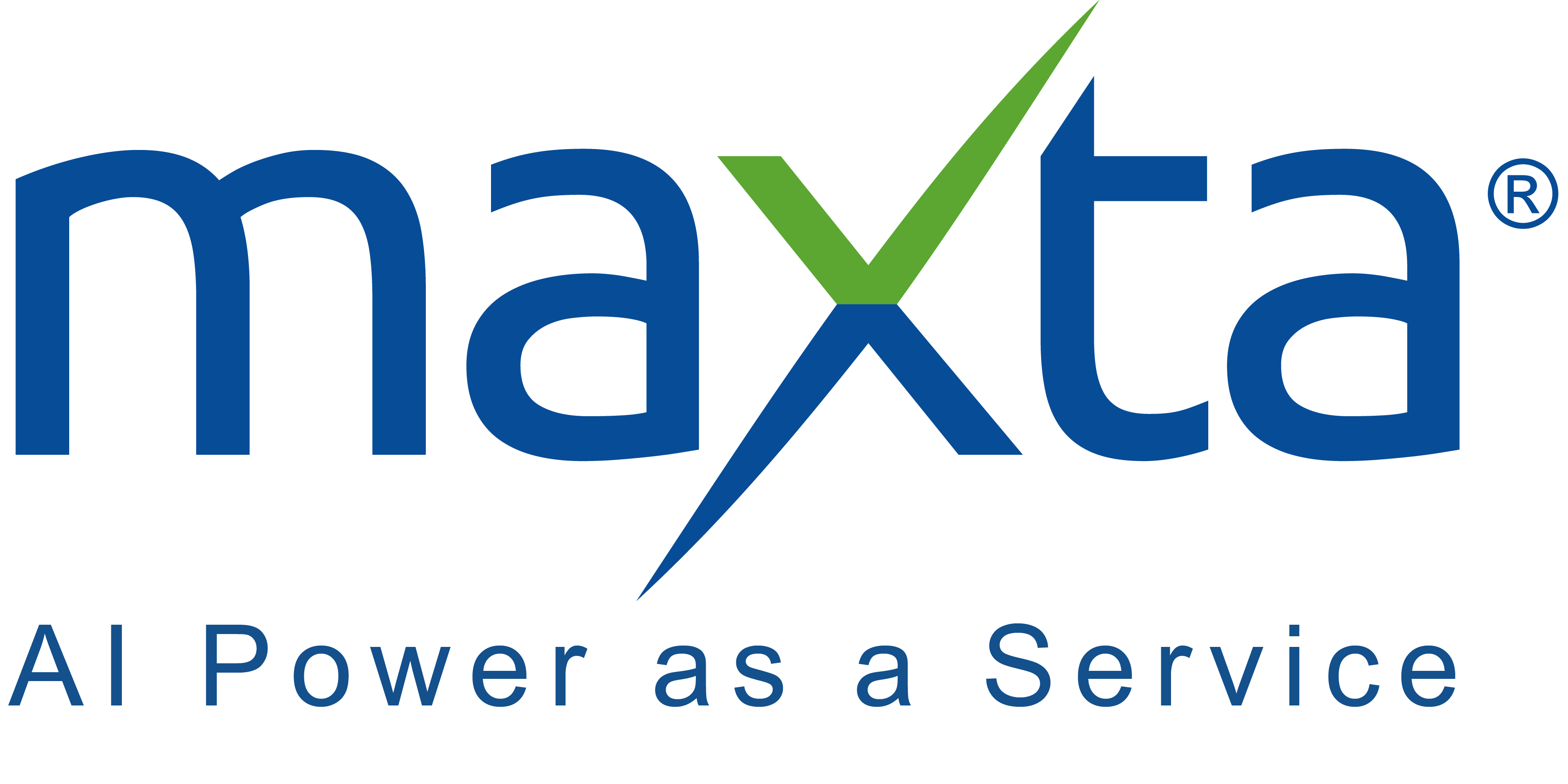Today, we are making a very significant announcement regarding enhancements to MxSP, our leading software-defined storage, while at the same time expanding MaxDeploy family of hyper-converged reference architectures. Specifically, we announced the immediate support of MaxDeploy for the Intel Xeon Processor E5-2600 v3 family, Intel Solid-State Drive Data Center Family for PCIe, and Intel Ethernet Controller XL710 that were all announced today by Intel. Our ability to announce general availability of MxSP and MaxDeploy for Intel’s newest platform on the same day that Intel is releasing it is a testament to the agility of software-defined storage and hyper-convergence. It also presents a strong validation that now more than ever hyper-convergence has the empowering technologies to make it ready for prime time.
Let me take a moment to fill in some context for this announcement and share some perspectives regarding the profound impact of the ever-increasing performance of x86 platforms and related components on data centers design.
The basic design of data centers didn’t change for many years. Servers have been running applications and storage arrays have been storing and protecting data. Storage arrays are improving over time and continue to utilize new technologies such as flash. That said, the evolution of storage arrays is not addressing many of the storage challenges of modern data centers. Storage arrays are just not a good fit for servers that are leveraging various forms of abstraction layers such as virtualization. While virtualization vendors and storage vendors are working on short-term fixes, these fixes are too little and too late. A new approach is required to truly address these issues to enable storage to fully and timely keep up with the developments at the compute layer.
Hyper-convergence is introducing a new paradigm where applications, server virtualization, and storage are running on the same set of standard servers leveraging server-side storage devices. Such an approach enables tight coupling of storage with applications thereby simplifying IT and significantly lowering cost. No need for storage arrays, storage networking, volumes, LUNs, mapping of VMs to LUNs, etc. At the same time, you get hyper-scale with virtually unlimited levels of scale up and scale out.
In the past, it was not practical to build hyper-converged solutions for all but very few use cases for two main reasons. First, standard servers were not powerful enough to run applications as well as provide storage functionality while delivering the performance required by most enterprise workloads. Second, software-defined storage technology didn’t provide the functionality that is available in most storage arrays.
The good news is that these two problems are well addressed today. Servers powered by the new Intel Xeon processor significantly improve hyper-convergence performance to finally match the requirements of most enterprise workloads. More importantly, the higher core density provides more room for running intensive storage workloads while still running a large number of VMs on the same processor. If you add on top of that the improved performance of an Intel PCI attached SSD and Intel 40GbE Ethernet Controller, you can overcome the bottlenecks that limited the usability of hyper-convergence in the past.
Maxta has been working hard on delivering all storage functionality in our MxSP software-defined storage. For quite some time, we have delivered efficient native VM-level snapshots, clones and replication as well as capacity optimization such as thin provisioning, compression and de-duplication. We are proud to announce that we improved these features in multiple ways. We have added Snapshot Scheduler that can manage multiple snapshot policies and simplify the management and orchestration of 1000s of snapshots for multiple VMs for data protection. We have also added the capability of spanning a Maxta cluster across multiple sites and adapted our synchronous replication feature to support and manage high availability across metro distances. Additionally, we improved overall performance for various use cases.
The new MaxDeploy hyper-converged reference architecture, announced today, is powered by the latest and greatest Intel components, Server Boards and Systems. It is also leveraging all of the new MxSP software features. In our extensive validation and performance testing it was obvious that this new hyper-converged solution is a very promising solution for most enterprise workloads. Our ability to announce general availability of MxSP and MaxDeploy for Intel’s newest platform on the same day that Intel is releasing it empowers customers to leverage the latest hardware technology and gain a competitive business advantage.
Maxta continues to maximize the promise of hyper-convergence. We believe that hyper-convergence is ready for prime time and the timing has never been better for organizations to consider this promising approach to data center design.
– Yoram Novick, CEO & Founder, Maxta



 Maxta Introduces VMware Escape Pod
Maxta Introduces VMware Escape Pod


